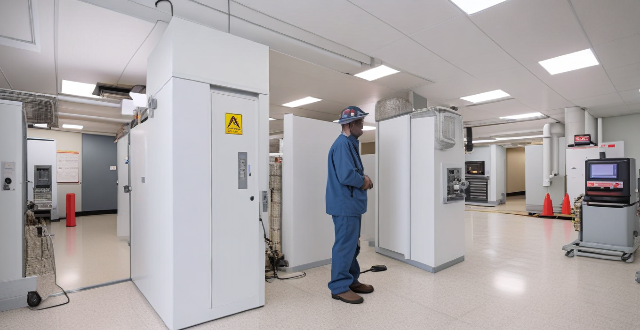Cruise ships implement various safety measures to ensure the well-being of passengers and crew, including muster drills, life-saving equipment, fire safety systems, medical facilities, security personnel, emergency response plans, navigation systems, and regular maintenance checks.

Safety Measures on Cruise Ships
Cruise ships are designed to provide a safe and enjoyable experience for passengers. Here are some of the safety measures that are in place on cruise ships:
Muster Drills
All guests are required to participate in a muster drill, which is a safety exercise that takes place shortly after boarding. During this drill, passengers will learn how to properly use life jackets, locate their assigned lifeboat stations, and familiarize themselves with emergency procedures.
Life Jackets and Lifeboats
Every cabin on a cruise ship is equipped with life jackets for each passenger. Additionally, cruise ships have enough lifeboats to accommodate all passengers and crew members. These lifeboats are regularly inspected and maintained to ensure they are in good working condition.
Fire Safety
Cruise ships have extensive fire safety measures in place, including fire extinguishers, sprinkler systems, and smoke detectors. Crew members undergo regular fire safety training to ensure they can handle any potential fire emergencies.
Medical Facilities
Most cruise ships have medical facilities on board, staffed by trained medical professionals who can provide basic medical care and respond to emergencies. Additionally, many cruise lines offer telemedicine services, allowing passengers to consult with doctors via video call if needed.
Security Personnel
Cruise ships employ security personnel who are responsible for maintaining order on board. They may conduct bag checks when passengers board or disembark, monitor common areas for any suspicious behavior, and respond to any reports of theft or other crimes.
Emergency Response Plans
Cruise ships have detailed emergency response plans in place for various scenarios, such as man overboard incidents, fires, or medical emergencies. Crew members receive regular training on these plans and are prepared to act quickly and efficiently in case of an emergency.
Navigation and Collision Avoidance Systems
Modern cruise ships are equipped with advanced navigation and collision avoidance systems, including radar, GPS, and sonar. These systems help the ship's crew navigate safely through busy waterways and avoid potential collisions with other vessels or obstacles.
Maintenance and Inspections
Cruise ships undergo regular maintenance and inspections to ensure they remain in good working condition. This includes checking the ship's engines, propulsion systems, and other critical components to ensure they are functioning properly.
By implementing these safety measures, cruise ships strive to provide a safe environment for passengers and crew members alike. However, it is important for passengers to also take responsibility for their own safety by following instructions during safety drills, wearing life jackets when necessary, and reporting any suspicious activity or safety concerns to the appropriate personnel.